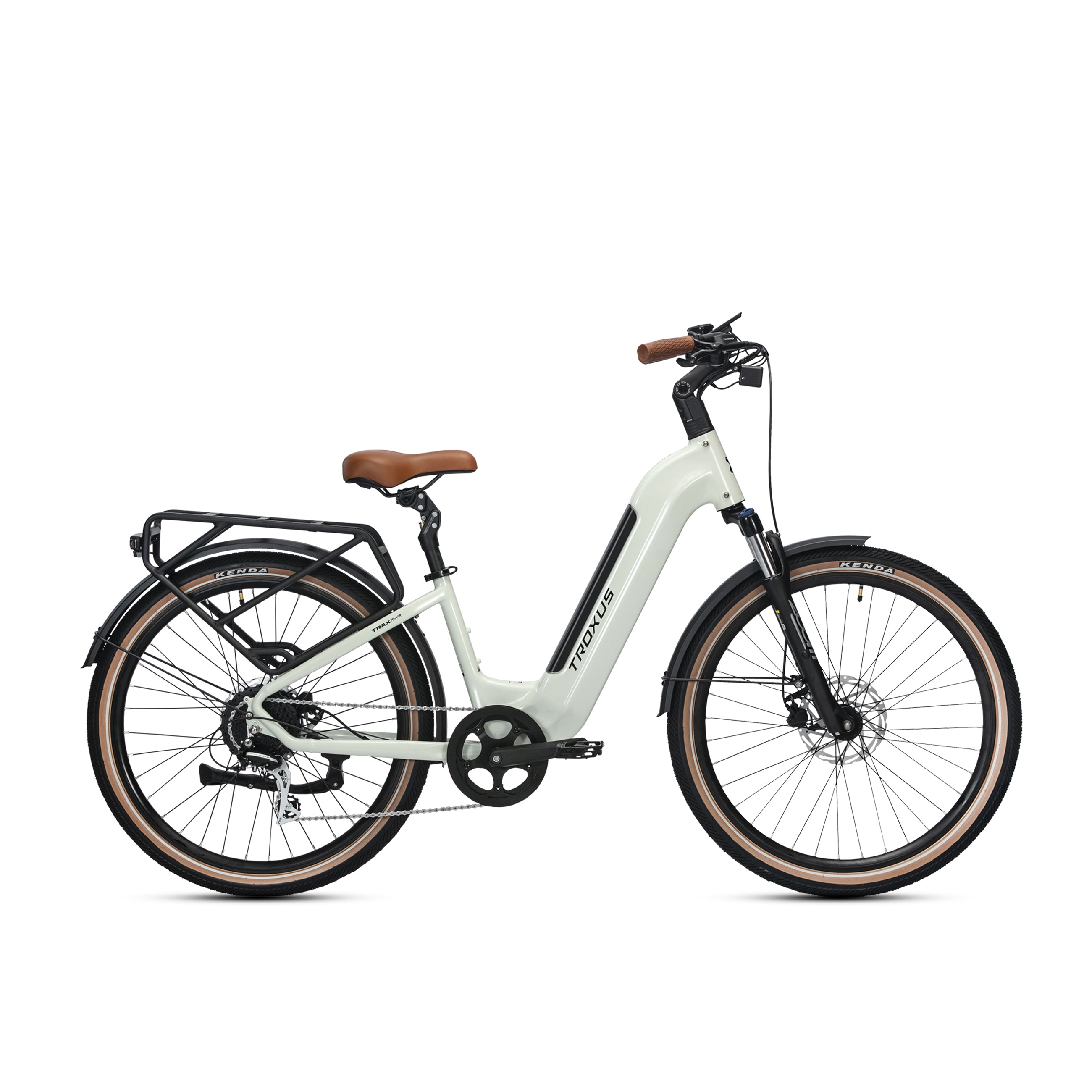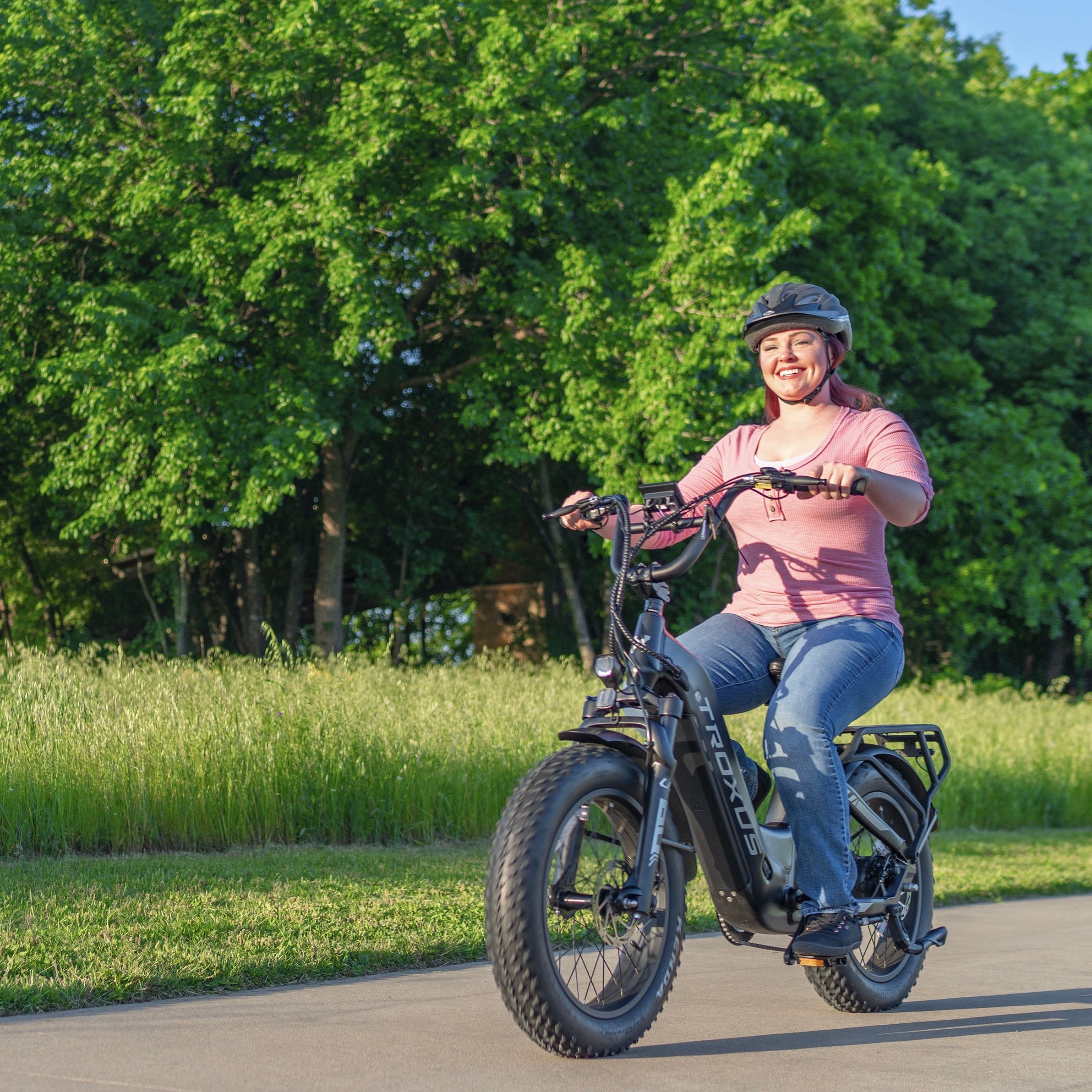Customizing your e-bike is a great way to enhance your riding experience. From adding a new seat to changing the handlebars, there are plenty of ways to make your e-bike uniquely yours. And also, someone wants to convert their existing bike. However, if you're considering modifying your e-bike to improve its speed or performance, there are several risks and consequences you should be aware of. High-voltage batteries and motors power e-bikes, and any modifications can affect the e-bike's balance, stability, and safety. Moreover, unauthorized changes can lead to legal consequences, void the manufacturer's warranty, and be expensive to repair. This blog will discuss why modifying your e-bike maybe not be a good idea and the risks and consequences you should know before making any modifications.
CONVERTING: PROS AND CONS
While purchasing a new e-bike is the most straightforward option, others may prefer to convert their existing bicycle to electric power by installing a motor and battery.
Adding a hub motor to the front or rear wheel is the most common approach to converting a conventional bike to an e-bike. This method is the most straightforward and seamless conversion option, leaving most of the original bike and its components untouched. You only need to add a new hub and control. Nothing else on the bike is affected.
However, be aware that while this modification may seem easy, converting from a conventional tire to a motorized hub is a complicated process. Firstly, removing and rebuilding wheels is challenging, requiring much effort to install spokes and properly the completed wheel. Secondly, the added weight of the motorized hub and the increased torque it generates will often necessitate upgrading the entire reel, including the rim and spokes, to withstand the additional load. Ultimately, you'll have a new hub and a new wheel.
MODIFYING: LEGAL CONSEQUENCES
Modifying an e-bike can have legal consequences that vary from country to country. For example, in the United States, electric bicycles are classified based on their top speed and whether they have pedals. According to federal law, e-bikes with a maximum speed of 20 mph and a motor power output of less than 750 watts are considered bicycles and do not require a license or registration to ride on public roads. However, modifying an e-bike to exceed these limits could result in your e-bike being rendered ineligible for use on government property. The source from V is for Voltage.
In countries where e-bikes are subject to specific regulations, modifying an e-bike could result in fines, confiscation of the e-bike, or even legal action. Therefore, before modifying an e-bike, it's essential to research the laws and regulations in your country to avoid any legal consequences.
MODIFYING: SAFETY RISKS
Modifying an e-bike can pose safety risks, especially for those unfamiliar with the e-bike's technical aspects. High-voltage batteries and motors power e-bikes, and any modifications may affect the e-bike's balance, stability, and safety. For instance, modifying the motor or battery may cause overheating, creating a fire hazard. In 2022, multiple fires caused by e-bike lithium-ion batteries in Downtown Eastside Vancouver's hotels highlighted the potential safety risks associated with these batteries. Source from north shore news.

Photo illustration by Slate. Photos via FDNY/Twitter.
Modifying an e-bike can also affect the balance and stability of the e-bike, which can be dangerous, especially at high speeds. For example, suppose the rider modifies the e-bike by adding a heavy battery or motor to the front wheel. In that case, it can affect the center of gravity and make the e-bike more difficult to handle, especially when turning or braking.
In addition, any modifications made to the e-bike's electrical system can also affect the e-bike's safety. The wiring and electrical components of an e-bike are designed to work together in a specific way, and any modifications can disrupt this delicate balance. It can lead to malfunctions and accidents, injuring or damaging the e-bike.
While modifying an e-bike to add features or improve performance may be tempting, it's essential to be aware of the potential risks and consequences. Before making any modifications, riders should consider whether the benefits outweigh the potential costs and risks. If they modify their e-bike, they should consult a professional to ensure it is done safely and correctly.
MODIFYING: WARRANTY VOID
When you purchase an e-bike from a reputable manufacturer, it typically comes with a warranty that covers any defects or malfunctions that may arise during regular use. This warranty ensures that the manufacturer will take responsibility for any necessary repairs or replacement of parts, which can be a significant cost savings for the rider.
Manufacturers have specific guidelines for using and maintaining their products, and any modifications can affect the reliability and durability of the e-bike. modifying the e-bike may void the warranty, leaving the rider responsible for any repairs or replacement costs.
For example, let's say you purchase a new e-bike from a manufacturer that offers a one-year warranty on all parts and labor. After a few months of riding, you modify the e-bike by installing a more powerful motor or changing the battery. Suppose something goes wrong with the e-bike, such as a malfunctioning motor or a damaged battery. In that case, the manufacturer may refuse to honor the warranty since you have made modifications they disapproved of.
In addition to potentially voiding the warranty, modifications can also affect the reliability and durability of the e-bike. Manufacturers design their e-bikes with specific parts and components meant to work together in a certain way. Any modifications can upset the delicate balance of the e-bike's systems and cause problems down the road. For instance, if you modify the brakes to be more assertive without considering the weight of the motor, it can cause excessive wear and tear on the brakes and reduce their effectiveness.
MODIFYING: EXPENSIVE REPAIRS
Modifying an e-bike can also be costly. While some modifications may seem simple, they require specialized tools and expertise. The cost of the components and labor can add up, making it more expensive than purchasing a new e-bike with the desired features. Furthermore, if something goes wrong with the modification, the repairs can be even more costly, significantly if it affects the motor or battery.
Indeed, modifying an e-bike can come with a hefty price tag. Adding new components or upgrading existing ones often requires specialized tools and knowledge, which can be costly. For example, if riders want to upgrade their battery or motor, they may need to purchase new, higher-capacity components compatible with their e-bike's existing system. In addition, if the rider is not experienced in working with e-bikes, they may need to hire a professional to make the modifications, adding even more to the cost.
Moreover, repairs can be costly if something goes wrong during the modification process or if the e-bike experiences issues due to the modification. For example, suppose the rider adds a more powerful motor that puts additional strain on the battery or other components. Those components may wear out or fail more quickly, requiring expensive repairs or replacements. In some cases, the modifications can even cause irreparable damage to the e-bike, rendering it unusable.
In conclusion, modifying your e-bike can be bad due to the risks and consequences involved. The modifications can pose safety risks, lead to legal matters, void the warranty, and be expensive to repair. It is always best to stick to the manufacturer's guidelines and instructions and to invest in a new e-bike with the desired features if necessary.
Safety should always come first when it comes to e-bike riding.
RELATED BLOGS
- Discover the Best E-Bike Handlebars
- Everything You Need To Know About E-Bikes Lumen Lights
- Exploring Electric Bikes








